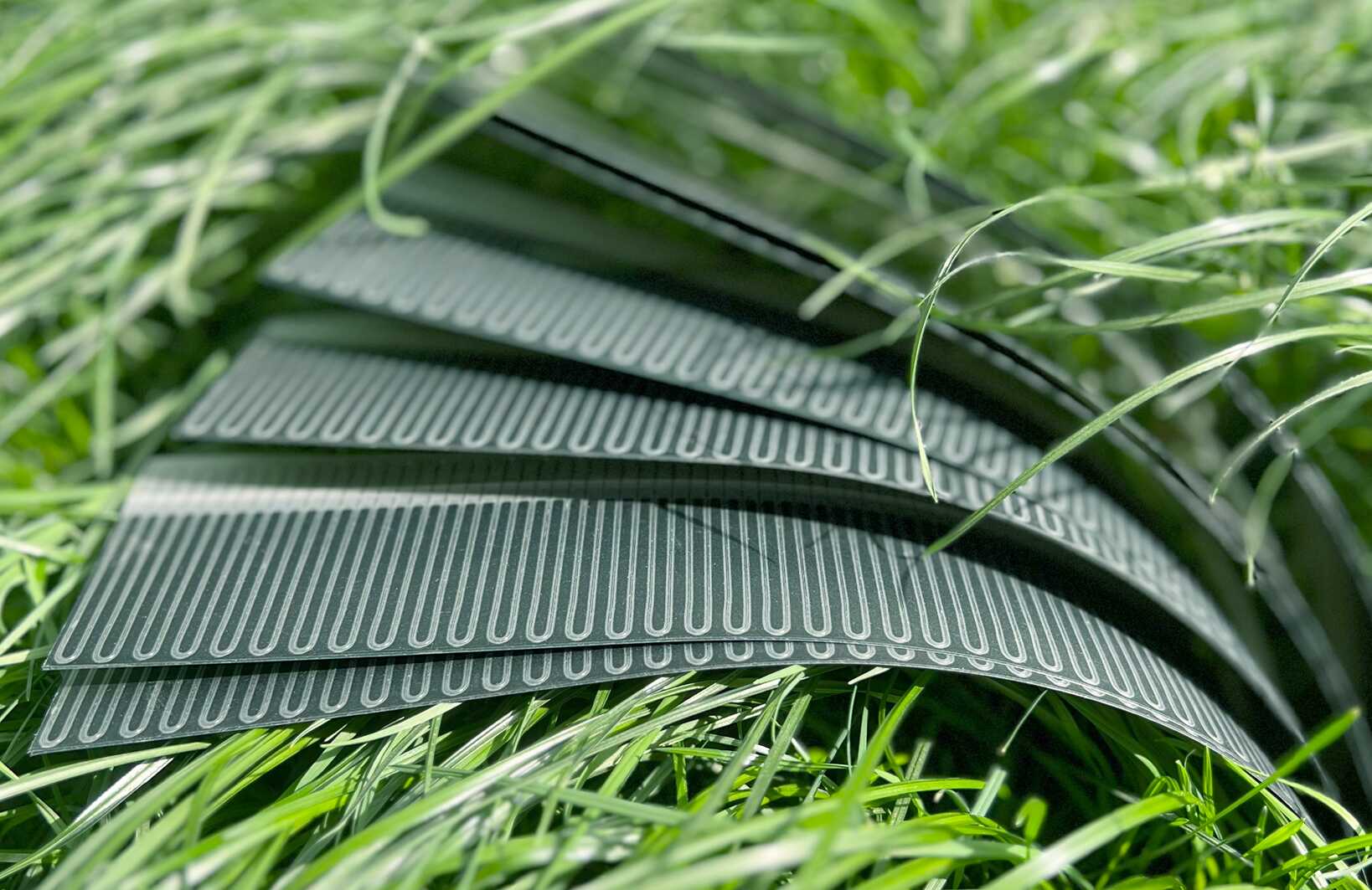
Chinese scientists have found a way to make flexible tandem solar cells more efficient and durable by enhancing the adhesion of top layers to the bottom layers of the cell.
Copper indium gallium selenide (CIGS) is a commercial semiconductor known for its outstanding adjustable bandgap, strong light absorption, low-temperature sensitivity, and superior operational stability, making it a promising candidate for bottom-cell use in next-generation tandem solar cells.
Flexible perovskite/CIGS tandem solar cell combines a top layer of perovskite—a material that efficiently converts sunlight into electricity—with a bottom layer of CIGS. Thus this tandem cell holds great potential for lightweight, high-efficiency applications in the photovoltaic field. However, the rough surface of CIGS makes it difficult to produce high-quality perovskite top cells on top, which limits the commercial prospects of these tandem cells.
In a study published in Nature Energy, a research group led by Prof. YE Jichun from the Ningbo Institute of Materials Technology and Engineering (NIMTE) of the Chinese Academy of Sciences has developed an innovative antisolvent-seeding strategy to enhance the performance of perovskite top cells on rough surfaces.
Scientists separated the processes of self-assembled monolayer (SAM) adsorption and dissolution while simultaneously integrating perovskite seeding. They utilized a high-polarity solvent to prevent SAM clustering during dissolution, while a low-polarity solvent acted as an antisolvent to promote the formation of a dense SAM during adsorption. Additionally, a pre-mixed seed layer improved the wettability and crystallinity of the perovskite, ensuring strong adhesion to the substrate.
With these innovations, the team fabricated a 1.09 cm² flexible monolithic perovskite/CIGS tandem solar cell. Competing with top rigid counterparts, the device achieved an impressive stabilized efficiency of 24.6% (certified at 23.8%), one of the highest reported values for flexible thin-film solar cells to date.
After 320 hours of operation and 3,000 bending cycles at a radius of 1 cm, the device retained over 90% of its initial efficiency, demonstrating exceptional mechanical durability and long-term stability.
This achievement paves the way for developing cost-effective, high-performance flexible tandem solar cells, advancing the commercial application of tandem solar cell technology.

Flexible perovskite/CIGS tandem solar cells developed using the antisolvent-seeding approach (Image by NIMTE)

86-10-68597521 (day)
86-10-68597289 (night)

52 Sanlihe Rd., Xicheng District,
Beijing, China (100864)

